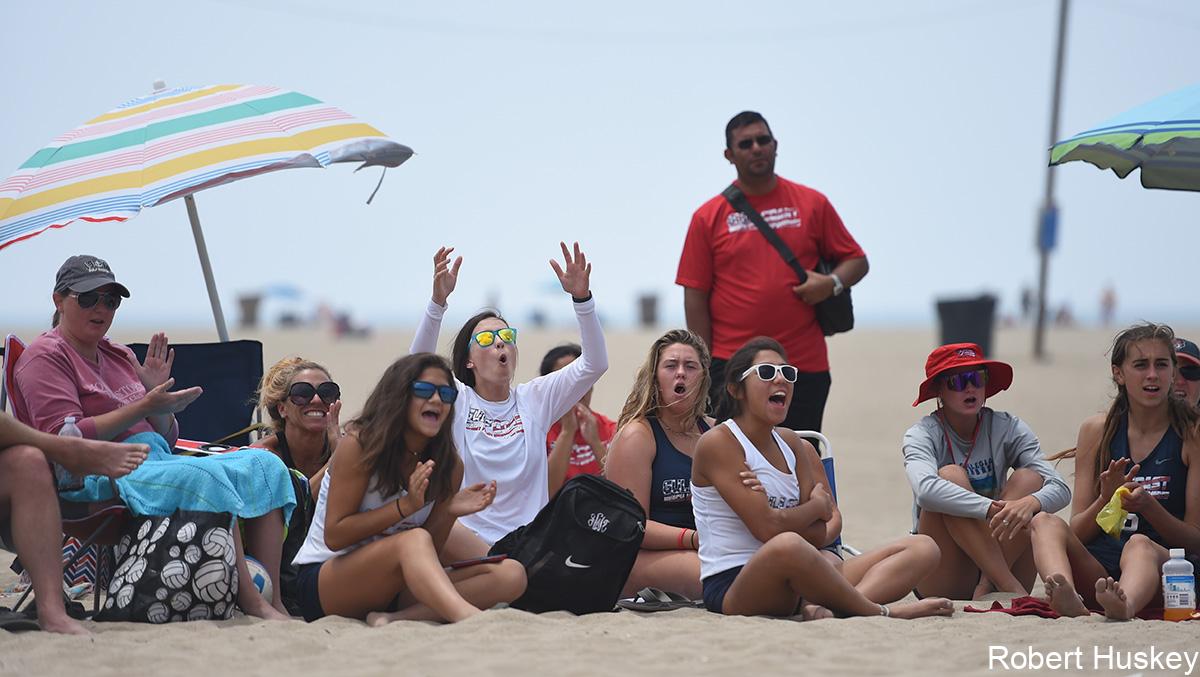
Be a Better Spectator
Keep Positive support, encouragement, cheerleading and general hollering and yelling to a maximum on the sidelines.
Resources for
Follow USAVolleyball
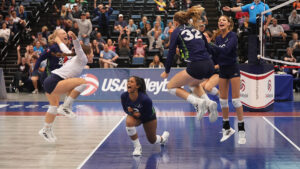 USA Volleyball Education is focused on improving developmental and educational opportunities across the sport of volleyball from grassroots to the national team level. Our goal is to provide the opportunity to access, complete and apply high-quality information and methods in the technical, tactical, physical and emotional aspects of the game for athletes and coaches while providing training, support and resources for other key stakeholders including officials, parents and clubs.
USA Volleyball Education is focused on improving developmental and educational opportunities across the sport of volleyball from grassroots to the national team level. Our goal is to provide the opportunity to access, complete and apply high-quality information and methods in the technical, tactical, physical and emotional aspects of the game for athletes and coaches while providing training, support and resources for other key stakeholders including officials, parents and clubs.
For years, the focus of volleyball in many areas and across various levels shifted to a mindset of winning at all costs.
What we now know is that the most successful teams in the world have developed a model of training and a culture that supports a holistic approach to athlete development which not only sets them up for competitive success on the court, but values and emphasizes the important of athlete health, well-being and long-term involvement in the sport.
The USA Volleyball Development Model was created based on the idea that volleyball in the U.S. could be taught differently, resulting in long-lasting positive outcomes across all measures of performance while keeping kids involved and loving the game longer.
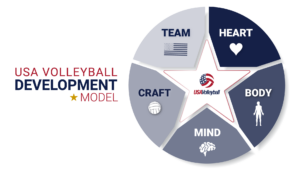
The five pillars of the USA Volleyball Development model provide the basis for a holistic approach to the core elements that are vital to supporting development at every level and across age groups.
USA Volleyball Education is committed to providing support for the volleyball community with a role-based approach to education and training. Whether you’re planning practices, cheering from the stands or making the right call, we provide the tools and resources to help you succeed.
USA Volleyball partner Sports Imports has provided USA Volleyball coaches with drills for use with their Trainer+ and The Vertec.
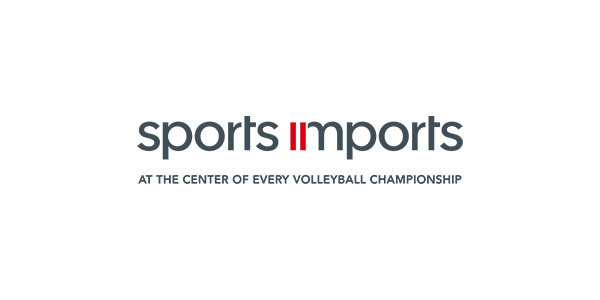

Keep Positive support, encouragement, cheerleading and general hollering and yelling to a maximum on the sidelines.
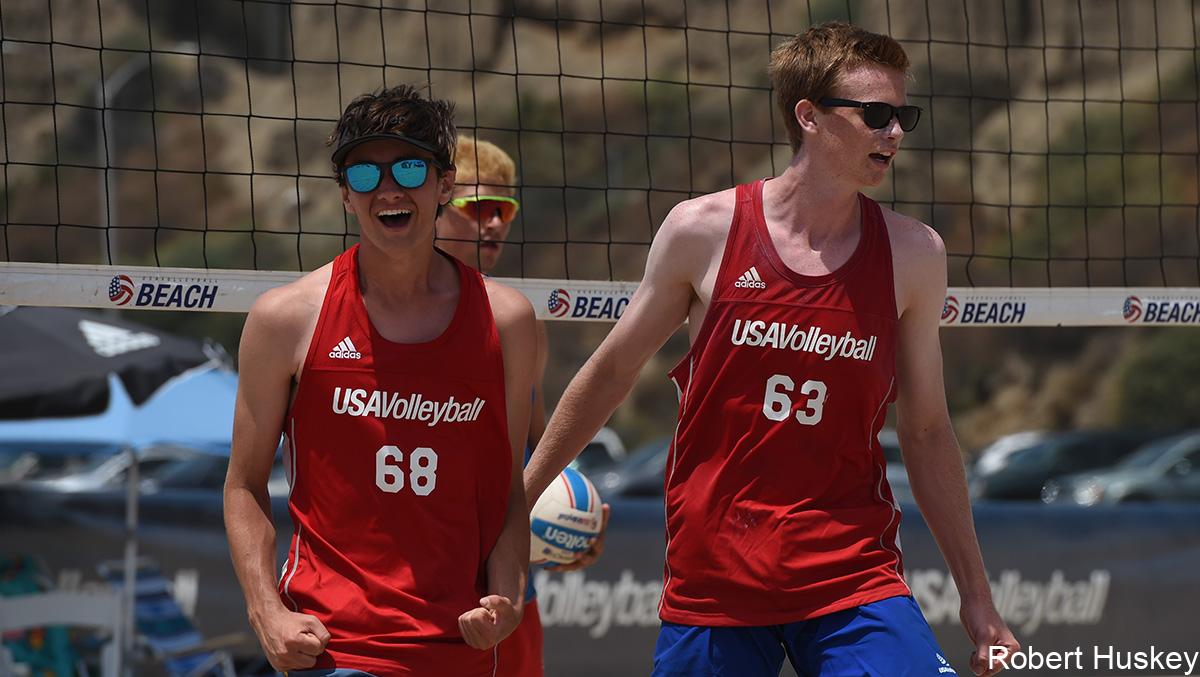
Every coach asks for new drills to make their kids better, searching the web, attending clinics and by reading drill books. After decades of coaching, creating and collecting, here is a list of the top 166 drills.

As a parent during these times, the correct way to talk to your kids about COVID-19 might feel like walking a tight rope.

It can be easy for young athletes to overeat. Here's how you can educate your child about serving sizes.
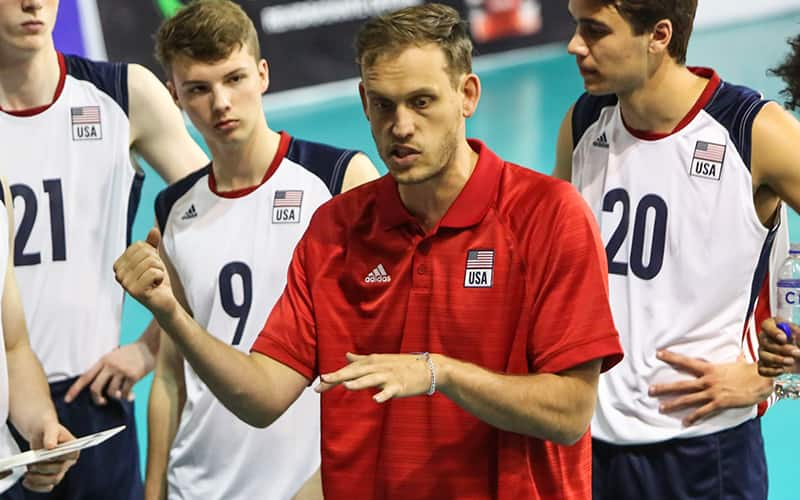
USAV Director of Human Resources Bernie MacLean has tools to help club directors assist their employees.
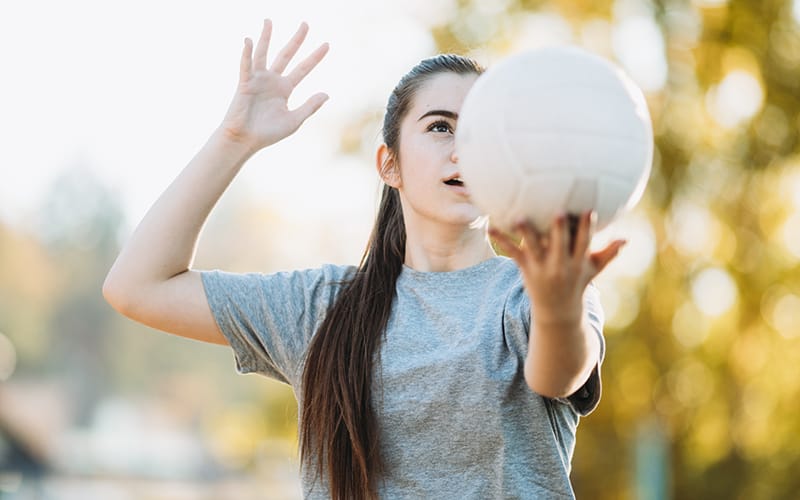
Over the next few weeks, you can do some solo drills at home to work on your game.
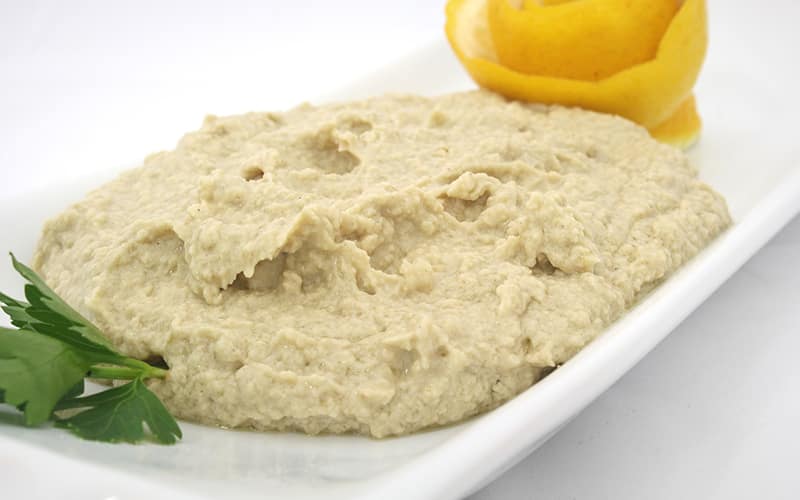
Better manage nutrients by cooking at home; these tips will help.
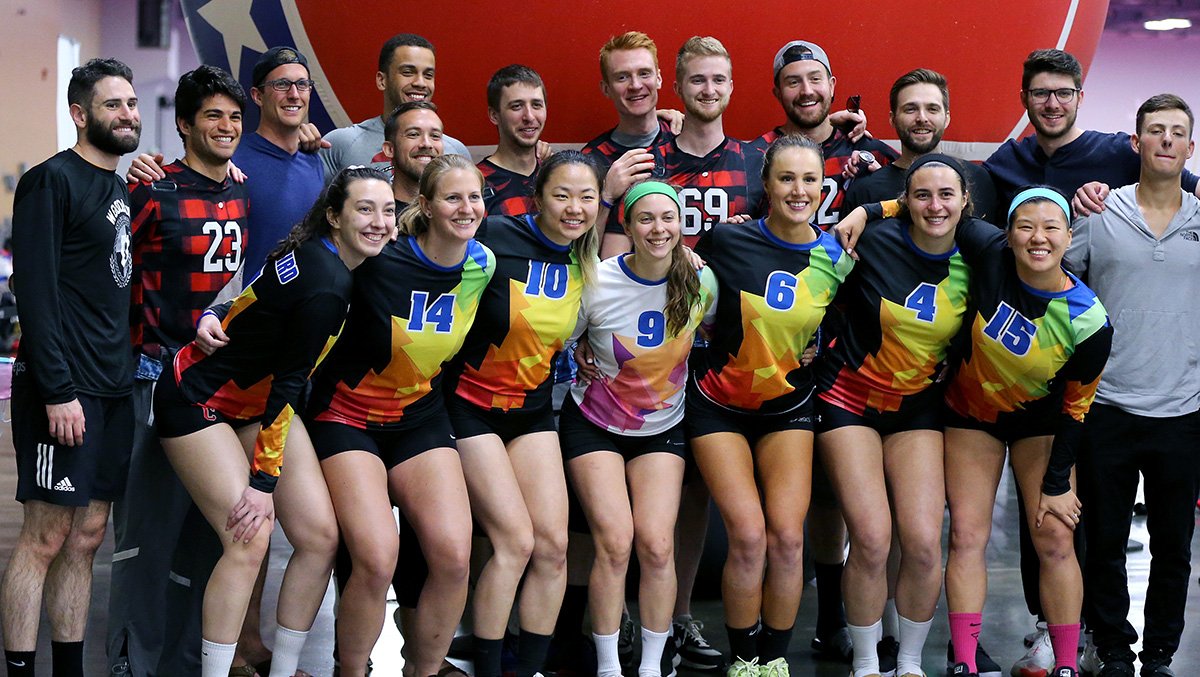
When working with kids, parenting at home, teaching in the classroom, or coaching in the gym, we are all doing the same thing, teaching.
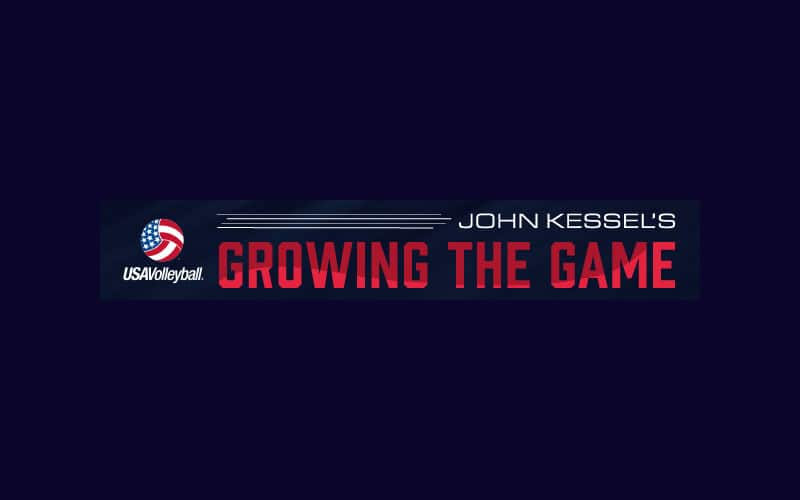
It's important to make your feedback as a coach more effective in practice, competition and life.

While individual athletes might know how to persevere while pursuing their goals, it can be tough for a coach to bring those lessons to a whole team.
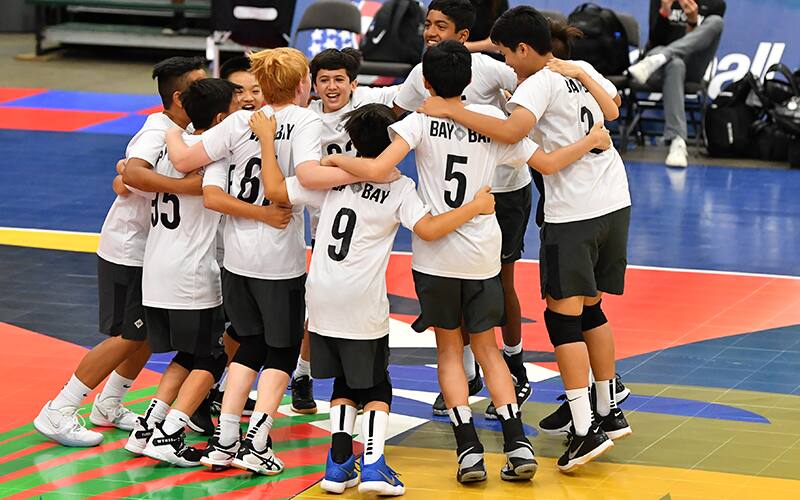
When it comes to errors, every volleyball player makes them. Look at errors on multiple levels to provide learning opportunities.
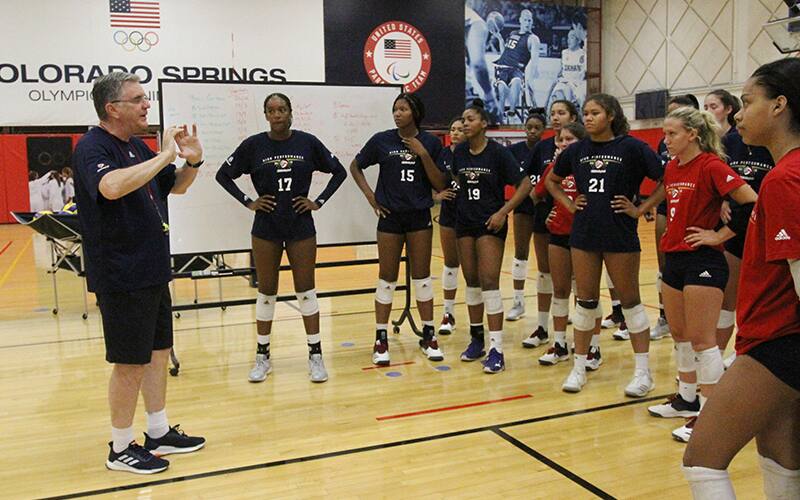
Sometimes you have to change your goals once the season starts. How can you guide your athletes to achieve success when that definition has changed?

For your best athletic performance – and for strong bones later in life – it’s important to keep calcium in the body. But how much should you consume, and what are some of the best sources – besides dairy?
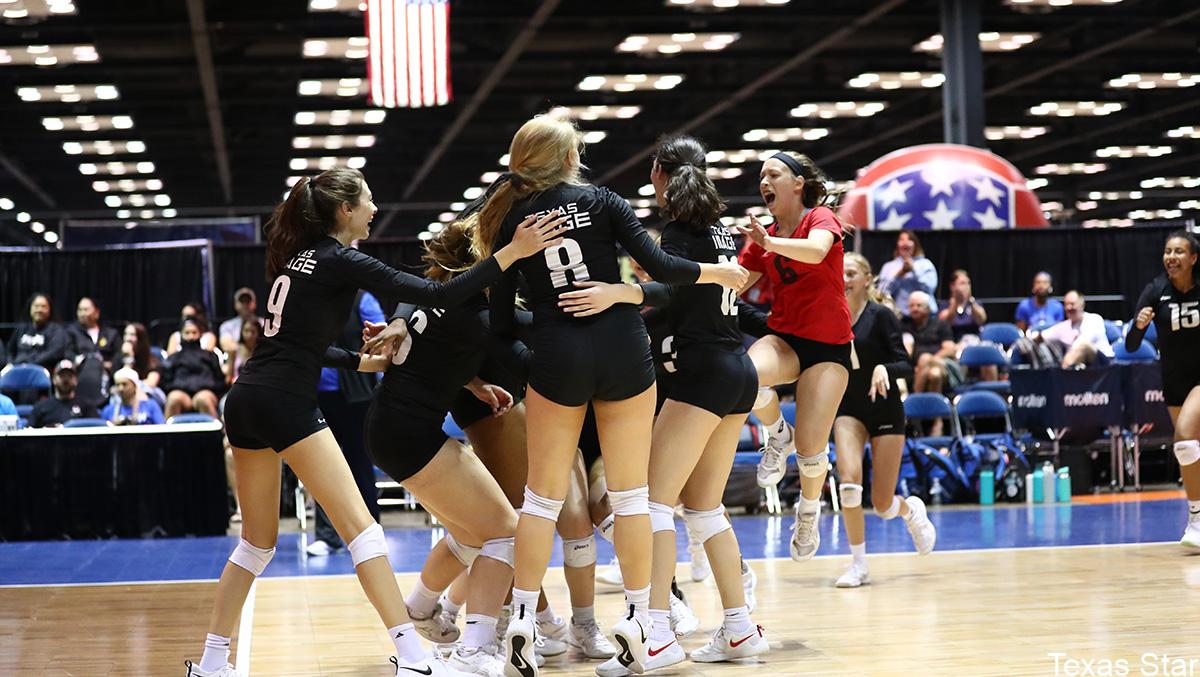
How can we get our coaches and players to change from the powerful tradition/habit of half-court. not over-the-net training seen at all levels, to using the net all the time?

Whether you’re a coach or parent to a young athlete, the way that you praise them after a competition can have a deep impact. Wade Gilbert, PhD, a professor at California State University in Fresno and a Team USA Coaching Consultant, has some advice on how to praise your athlete in a way that will...
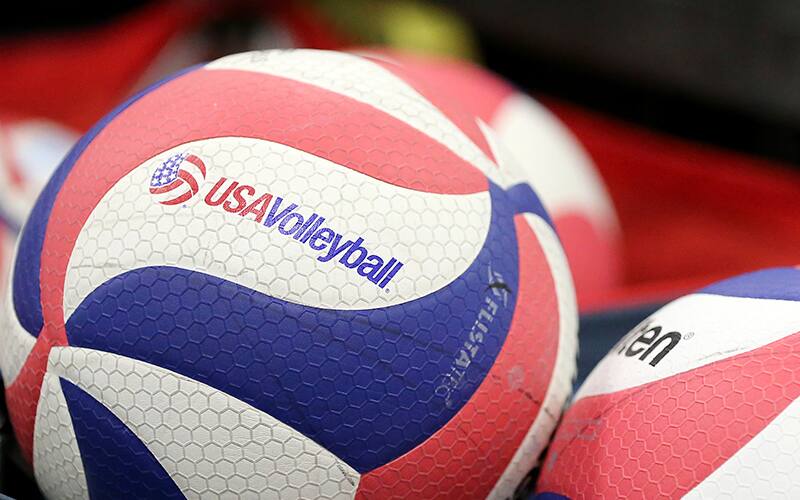
SafeSport training can give your athlete valuable, real-world training to help them be more “aware,” both on and off the court. Moreover, there are requirements in place for 18-year-old athletes to take SafeSport training.
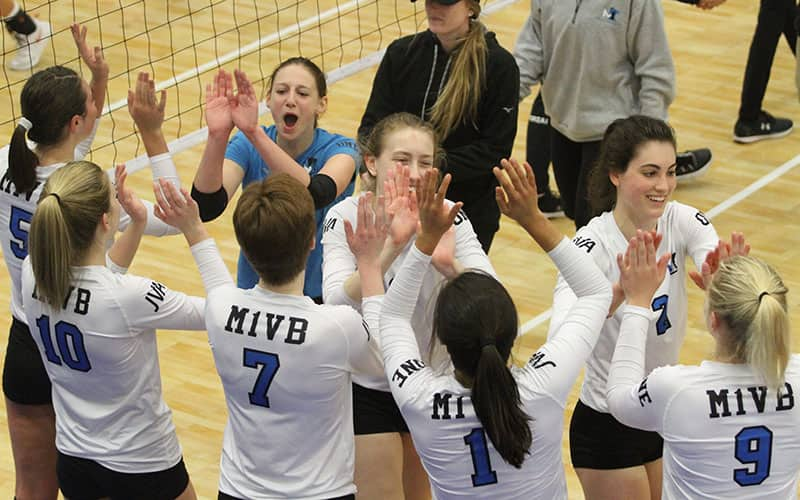
Far too much of athletes' time is spent not working and doing, but standing in line or listening to a coach talk.
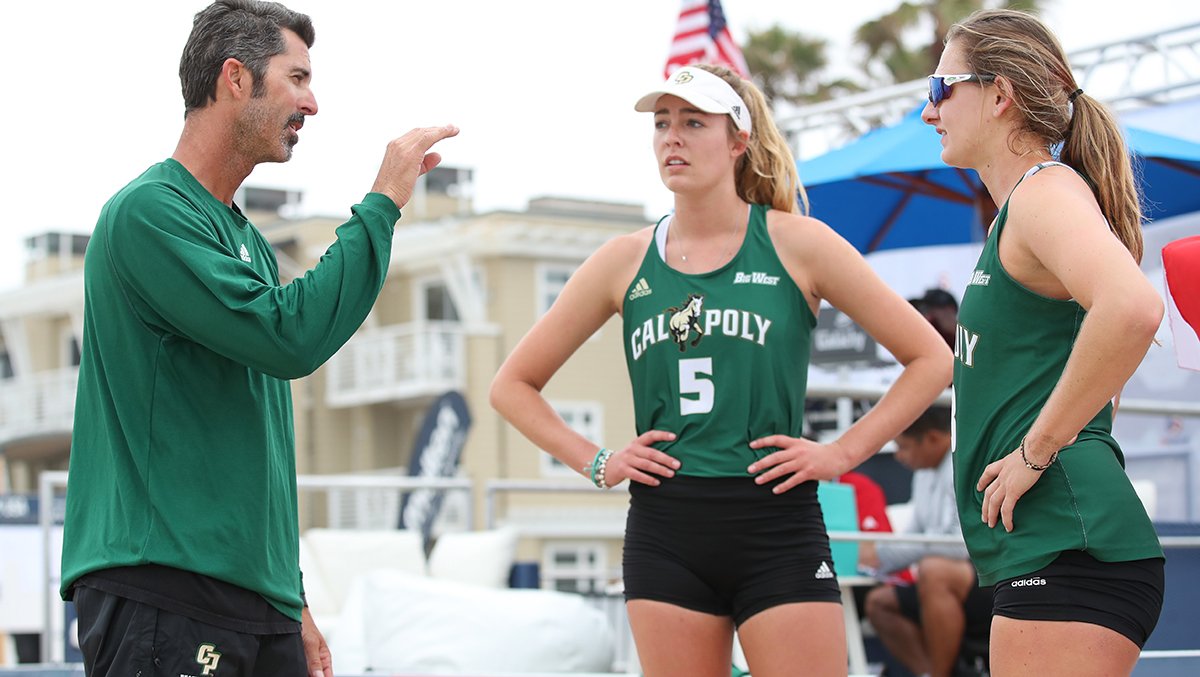
A decade’s worth of ideas that will help any and all programs in new ways to help the game thrive. It is important to keep in mind the number one principle in this. This is a team game, for the kids.
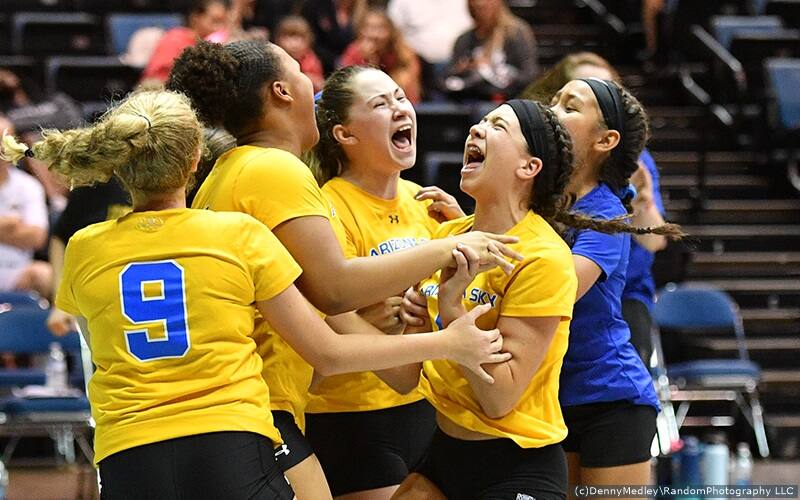
Some athletes, when asked about their current goals, will simply list ‘winning.’ But ask how they intend to meet that goal and you’ll likely be met with confused silence. Not only does goal-setting often go overlooked, we also miss teaching students how to meet their goals by putting specific, long-term daily habits in place. Frank...
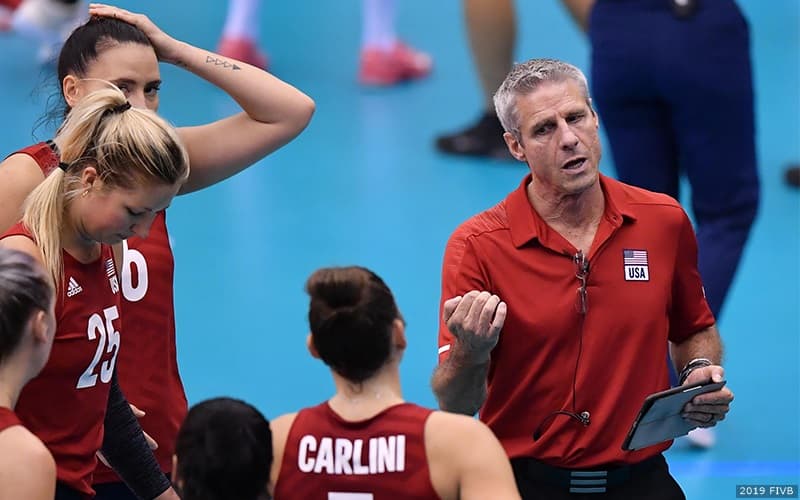
Want to take more of a leadership role on your squad? Here are some tips on how to be a more effective leader.